Thank you for visiting the introduction post to my site. I’m hopeful you’ll find my story of becoming an amateur astronomer and other life events to be interesting.
Please consider checking out my complete site by clicking on the following link: https://rogerivester.com/
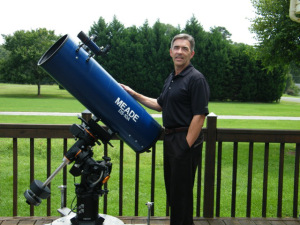
I became interested in amateur astronomy during the mid-60’s at about the age of twelve, due to one of my older brothers purchasing a 60mm refractor. As most all amateurs, I started with the moon which kept me busy for a while. However, it was my hopes of eventually seeing galaxies, nebulae and star clusters that was my real interest, but my time for this would come later.
My house was located in the foothills of North Carolina, on a dirt road with only two others. It was a great place for a budding new amateur astronomer, devoid of light pollution. The sky was velvety black with the Milky Way extending almost to the southern horizon. I remember so well, getting out of Daddy’s 1950 Studebaker at night, looking up and seeing the Milky Way, and appearing as a glowing cloud.
It was the spring of 1977 when I purchased my first very own telescope; a 4 1/4-inch Edmund EQ reflector. This was not my first choice, as I really wanted the 6-inch Super Space Conqueror, but the smaller telescope had to suffice, due to budgetary restrictions at that time.
Unfortunately, the dark skies of my early years were a thing of the past, as I’d moved to an area with rows of houses and light pollution. There was an unshielded streetlight on the edge of my backyard, however, I continued to observe, night after night, despite the light pollution. The house was so close to a busy road, my telescope would shake when a big truck came by, even though I was in the backyard!
Within a couple months after the purchase of the Edmund telescope, it happened: while attempting to find galaxies M81 and M82 in Ursa Major, and everything began to come together. It was about 11:00 PM and I needed to get up early for work the next day. I’d been trying to locate and see this galaxy pair during previous observing sessions, but was unsuccessful due to the “Pesky” streetlight.
However, on this special night while observing so very close to the streetlight, I was ready to give up, but it happened! I was able to see a faint glow and then another. I was…for the first time, seeing the galaxy pair I’d been wanting to see for so long!
I wanted to share with someone…anyone, but I was all by myself. However, at that moment in my mind, I was now a real amateur astronomer and went to bed smiling.
This incredible but humble experience gave me all the enthusiasm that I needed to pursue other deep-sky objects, from that highly light polluted backyard.
In 1985 a local astronomy club was formed, and I became a member with my youngest son. This got me back into astronomy after a five year hiatus. It was Brad that wanted to join the astronomy club, and I’m sure glad he did.
After observing with small telescopes, I became a much more serious and proficient observer with the purchase of a 10-inch f/4.5 equatorial Newtonian. I began making copious and careful observing notes with accompanying pencil sketches. This really helped me to become a far better visual observer. There is no better way to learn a deep-sky object than by attempting to spend at least an hour, or sometimes hours making a pencil sketch.
I am the co-founder of the Observer’s Challenge report, along with Fred Rayworth of Las Vegas. The Observer’s Challenge is an international deep-sky monthly observing report, allowing the serious amateur an opportunity to share notes, sketches and images.
The challenge report will celebrate its 16th consecutive year in 2024. All of the reports to-date are included in the following link, which can be a great reference source for the deep-sky observer.
https://rogerivester.com/category/observers-challenge-reports-complete/
In October 2018, Sue French, “Contributing Editor” for “Sky & Telescope Magazine” became the Observer’s Challenge special advisor, after many years as a participant. Sue wrote the very popular monthly “Deep-Sky Wonders” column for twenty years. As of November 2019, Sue agreed to help compile and edit the challenge report.
I was fortunate to be able to play a role in the Mount Potosi Observing Complex in Southern Nevada, facilitating a $50,000 telescope donation by Dr. James Hermann, M.D. from North Carolina.
https://rogerivester.com/category/mount-potosi-observing-complex-in-southern-nevada/

Following Photo:
Saturday morning April 13th 2024 @ 9:30 AM a ride with Mike R. MD: A beautiful day and a good ride ending with a cup of coffee. My wife came by for awhile and we all enjoyed good conversation.
Unfortunately, a couple of our cycling friends (Mike K. and Todd A.) were unable to ride.
Mike (Internal Medicine) and Mike K. (OBGYN) are “true-to-life” real Board Certified Doctors!
Todd A. is an incredibly talented person in all things mechanical. He is also a good friend and such a kind person. I feel very privileged to be able to call Mike, Mike and Todd my friends. Good friends are very hard to come by.


I know what you’re thinking, and you would be right.
This is not my office, but Dr. James Caserio, MD’s (pictured below at his day job, and sometimes night job) home office in Flat Rock, NC.

This past Sunday (April 28, 2024) Dr. C won his first drag race in Mooresville, driving his 1,350 horsepower Hellcat Challenger. His goal is to run the 1/8 mile, 660 feet in 5.99 seconds. This is really, really fast for a car weighing-in at 4,650 pounds!

Dr. Caserio, “most likely” saved two lives at the Shady Side Drag Way on separate occasions, in the past couple of years. Two pro motor cyclist’s crashed (different time and people) while running in excess of 100 mph! One had completely lost blood pressure, and Dr. C quickly elevated his legs, almost vertical and got his blood pressure back.
Being trained in ” Internal medicine” Dr. C has diagnosed and treated many diseases and illnesses, saving and restoring lives for the past 48 years.
One was a police officer, now retired, who we call “The Captain” was shot at close range. Dr. C helped and was essential for “The Captain’s” recovery and survival.
Below: Phillip Ivester/James Caserio Drag Racing


My story: How a magazine advertisement in the summer of 1965, and a dime, would change my life forever…even to this day.
This is me (photo at the bottom) in 1982 with my youngest son, when I was lifting heavy weights. I continue to lift even today, 46 years later, but not to the level I did in those days.
And I also continue to add to my 125,000 bicycle miles.
I was in the 6th grade and saw a magazine ad of Dave Draper who was a 5-time Mr. Universe and 5-time Mr. Olympia. I wanted to look just like him! So, I filled out a small card which asked me how I wanted to change my body with boxes to check.
At that time, I thought Joe Weider and a group of his Olympian Champions would be reviewing my card and developing a workout plan for me. Yes, I really did think this!
I found the “original photo” of Dave Draper (as following) from the summer of 1965. Yes, the very photo that inspired my interest in being someone better, someone healthier and someone stronger than me, at 12 years of age.

Joe Weider wanted to sell me an entire “free weight” gym, vitamins and other health supplements, but I could not afford this. However, I began reading my “free” Weider Magazines during that summer and started doing pushups, sit-ups and I also made a barbell with an old industrial steel axle and two steel wheels.
I would never become a Mr. Universe or Mr. Olympia, but it did allow me to improve my physical being, through lifting weights, becoming health conscience and in 1979 beginning my quest to ride 100,000 miles on a bicycle.
The Weider program not only concentrated on the physical aspect of life, but proper presentation and “always dressing for success” when not in the gym. And always acting and looking your best!

___________________________________________________________________________________________________________


Celebration at the Broad River Coffee Shop, which my wife put together for that Saturday morning event. My milestone 100,000 miles occurred earlier that morning, almost at the junction of Rohobeth Church Road on the Lattimore/New House Road.
I began riding in June 1979, so it took me 29 years to achieve my 100,000 mile goal. And I continue to ride, to this day, but since that monumental day, I’ve only added about 25,000 additional miles.
My greatest physical challenge would occur in May 1981, when completing my first “Assault on Mount Mitchell. This was a 103 mile ride from Spartanburg, SC to the top of Mount Mitchell which is the highest peak, east of the Mississippi River at 6,684 feet above sea level.
That first year, it took me over eleven-hours to finish, and when I did get to the top, it was not a pretty sight.
I don’t know how this cycling event would compare to a marathon, but It’s my opinion, the two might be very close. After all, even pro-elite cyclists and a couple of Tour de France riders would require at least five hours to finish the Mount Mitchell Event. I would later compete and finish this event seven more times, and in each far less time than my first, and in much better form.
Supplemental: This past Sunday (May 5th 2024) my oldest grandson (John-Winston Ivester) completed his first marathon in Long Beach, New York.
________________________________________________________________________________________________________
My first telescope 1977: Edmund Scientific 4.25-inch f/10 reflector

____________________________________________________________________________________________________________
Al Nagler signing my “1000+ Star Atlas” by my friend, writer, astronomer and author, the late Tom Lorenzin, at the “Southern Star Astronomy Convention” Little Switzerland NC.

Nagler is an optical genius and owner of Tele Vue Optics, which makes premium refractor telescopes, and the famous “Nagler Eyepieces” which are highly sought after by both professional and amateurs alike. There is so much I could write about the accomplishments of Al Nagler, including his work on the camera system for the 1969 lunar lander.
____________________________________________________________________________________________________________
Examples of my deep-sky observations, including “pencil sketches” and notes. My favorites and the most interesting; to me, have always been galaxies:





Debbie and I are thankful and Blessed, as everyday for us is a fun day.

__________________________________________________________________________________________________________
6-inch f/6 reflector Newtonian. When I was just getting started in amateur astronomy, A 6-inch reflector was one of the most popular telescopes.

10-inch f/4.5 Newtonian (as following) which has been my “most used” telescope in the past 32 years: I’ve spent well over 2,500 hours under the night sky using this telescope.

102 mm f/9.8 Vixen/Orion achromatic refractor, which is an excellent telescope for double stars.

80 mm Orion f/5 CT-80 refractor, which is a great portable telescope when time is limited. This is a special telescope, as it was a gift to me from my son. I can carry everything, even with the counterweight outside all in one trip.

_____________________________________________________________________________________________________________
My Daddy loved sports cars. The blue convertible is a Fiat 124 and the orange one is a very rare Dodson Fairlady. He also had a couple more European cars…being another Fiat and a Peugeot.


A tribute to my Dad:
My Dad had a God-given “Engineering Mind” and could fix or repair anything, especially having to do with cars which were always his passion.
When engineers were trying to figure out how to move the Cape Hatteras Lighthouse further inland, away from the ocean, I remember my dad having his own thoughts. The Outer Banks of North Carolina are very unstable land masses and constantly changing. His thoughts were as following:
“……It needs to be lifted up using the same principle as moving a house, then installing a massive rail-system underneath. The rails would extend the entire distance to be moved, or to its new and final resting location. The lighthouse would have to be moved very slowly, maybe only inches a day, which would allow very close monitoring of the process.”
Well, this was pretty much the exact way the famous lighthouse was moved...
The lighthouse was built in 1870, and the foundation underground was not concrete, but layers of yellow-pine which were “crisscrossed” only six-feet below the surface on compacted sand, and below the water line.
For a size comparison, note the two story light keepers house: An incredibly massive structure, so large, so heavy and 210 feet in height. it’s amazing it could be moved. A person has to be standing at the base (in person) and looking up to the top, to realize just how large this lighthouse really is. It’s truly a modern marvel or miracle that it could be moved…but it did happen.
I made the following photo in April 1982 of the lighthouse in its original location, from 1870.

_________________________________________________________________________________________________________
A tribute to My Mom…who was the mother of six-boys and a wonderful mother she was. She was extremely intelligent, excellent in math, very artistic, beautiful handwriting and well read. And this so was many years before the internet. She would purchase one encyclopedia every month from the Shelby Winn-Dixie, where we got our groceries on either Friday nights or Saturday afternoons.

My mom also taught me so much about the Bible when I was really young, which goes with me, even today. I’d say she gave me the foundation to expand my knowledge of Jesus Christ and the Bible.
I remember so well her reading to me: Luke 16:19-31 KJV: She talked with me about eternity and said: “can you imagine, constant torment that never ends?” Even at a very young age, this for sure caught my attention.






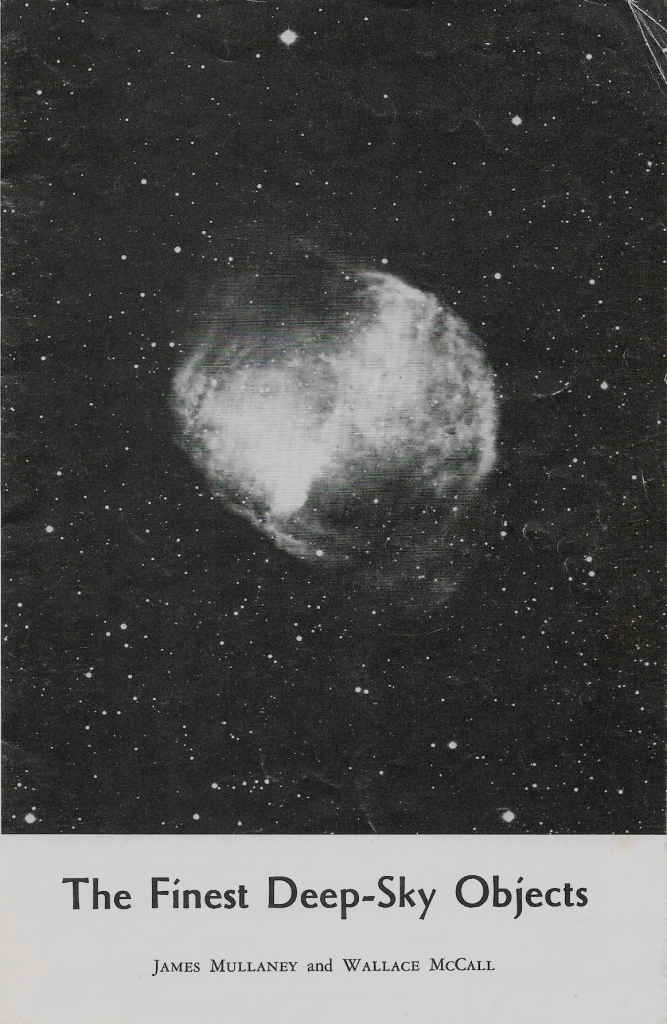




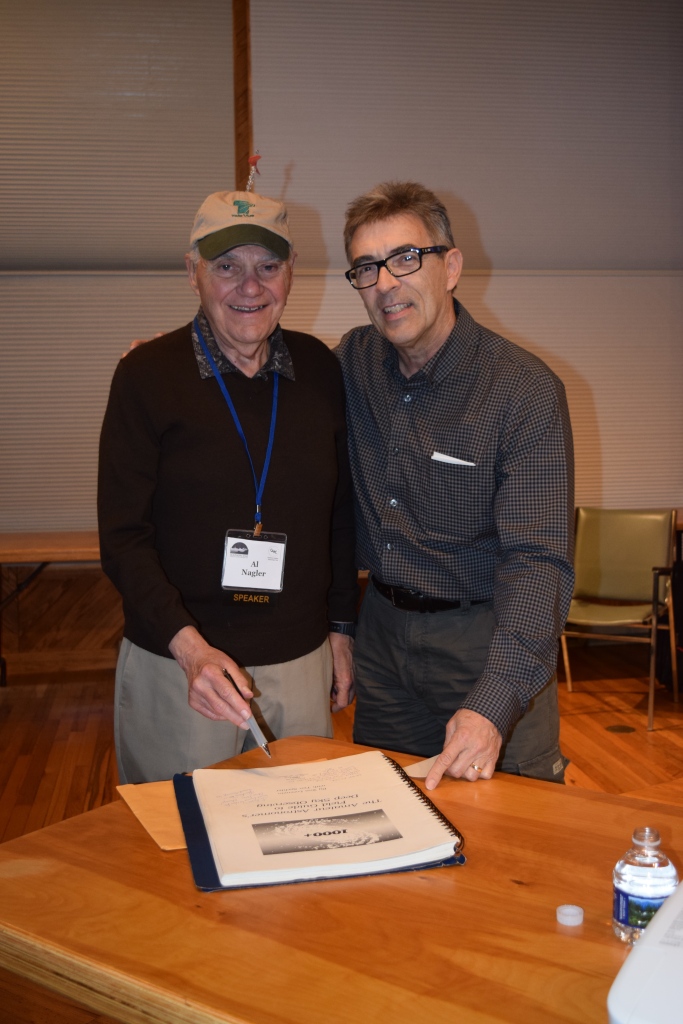
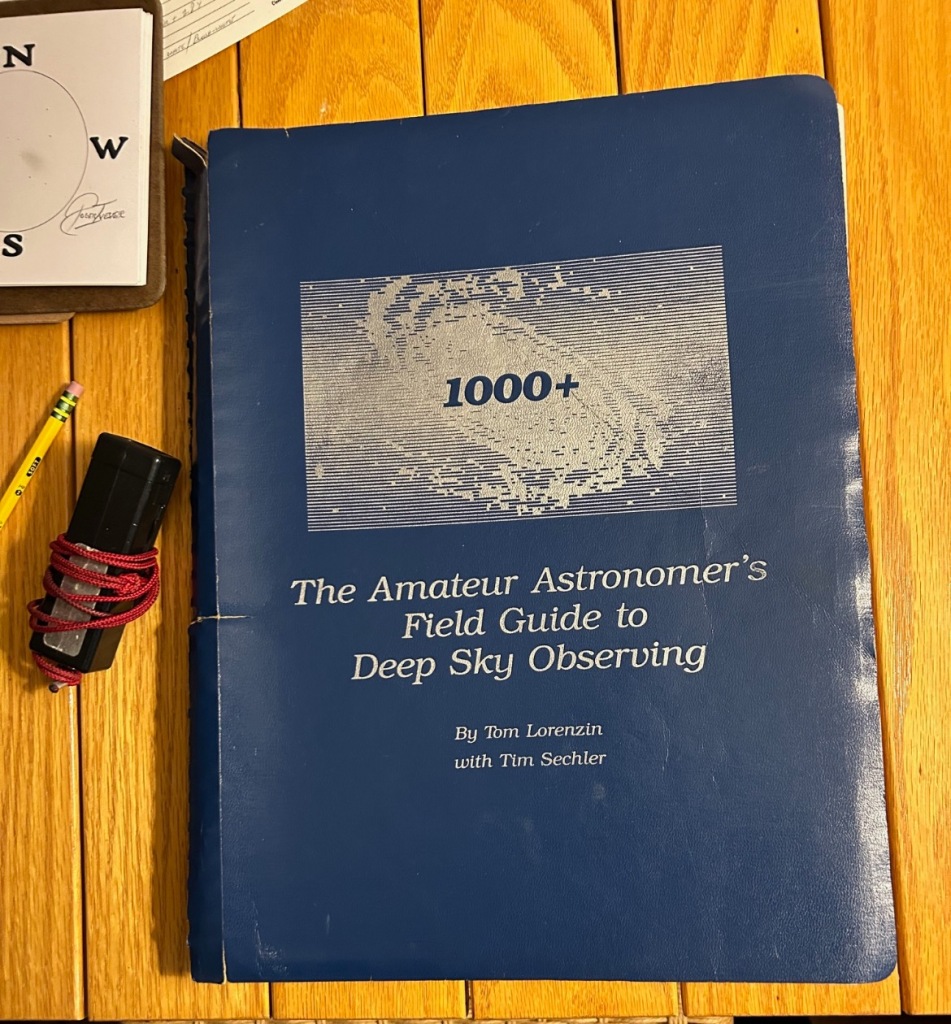


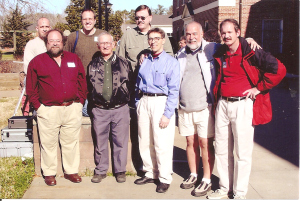
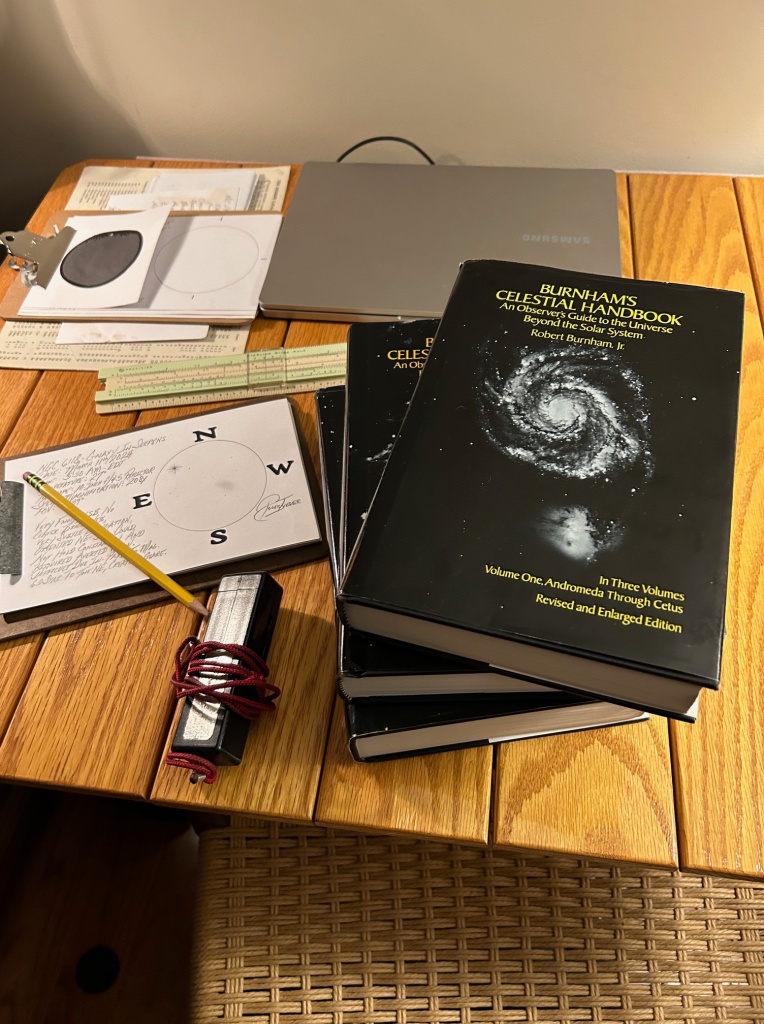









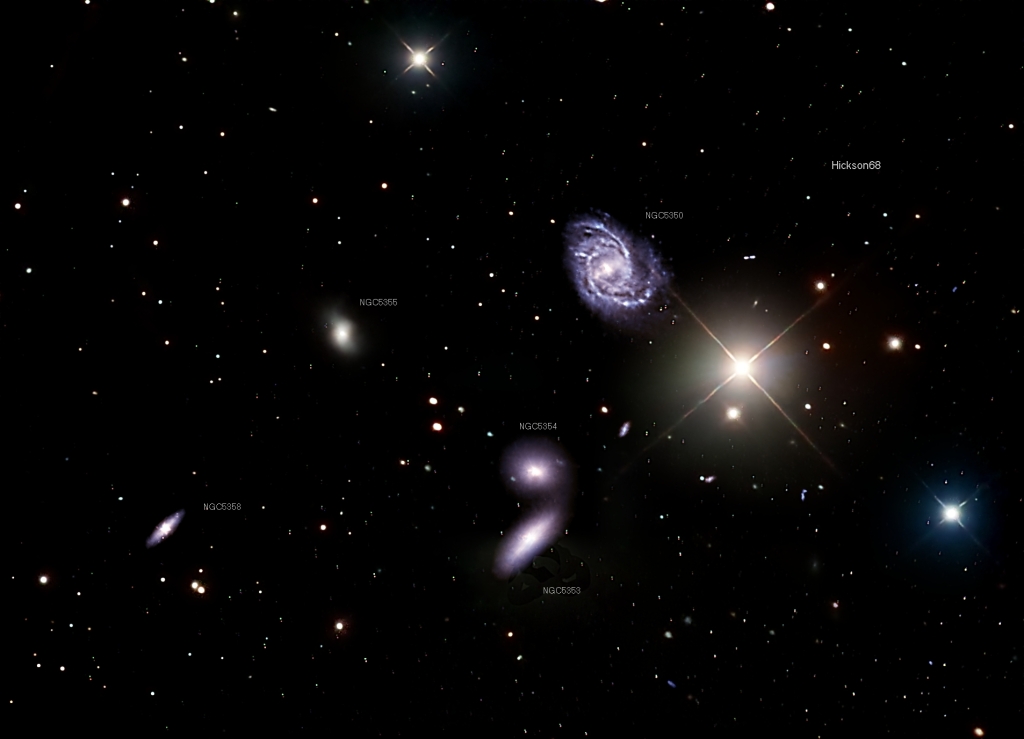
Recent Comments